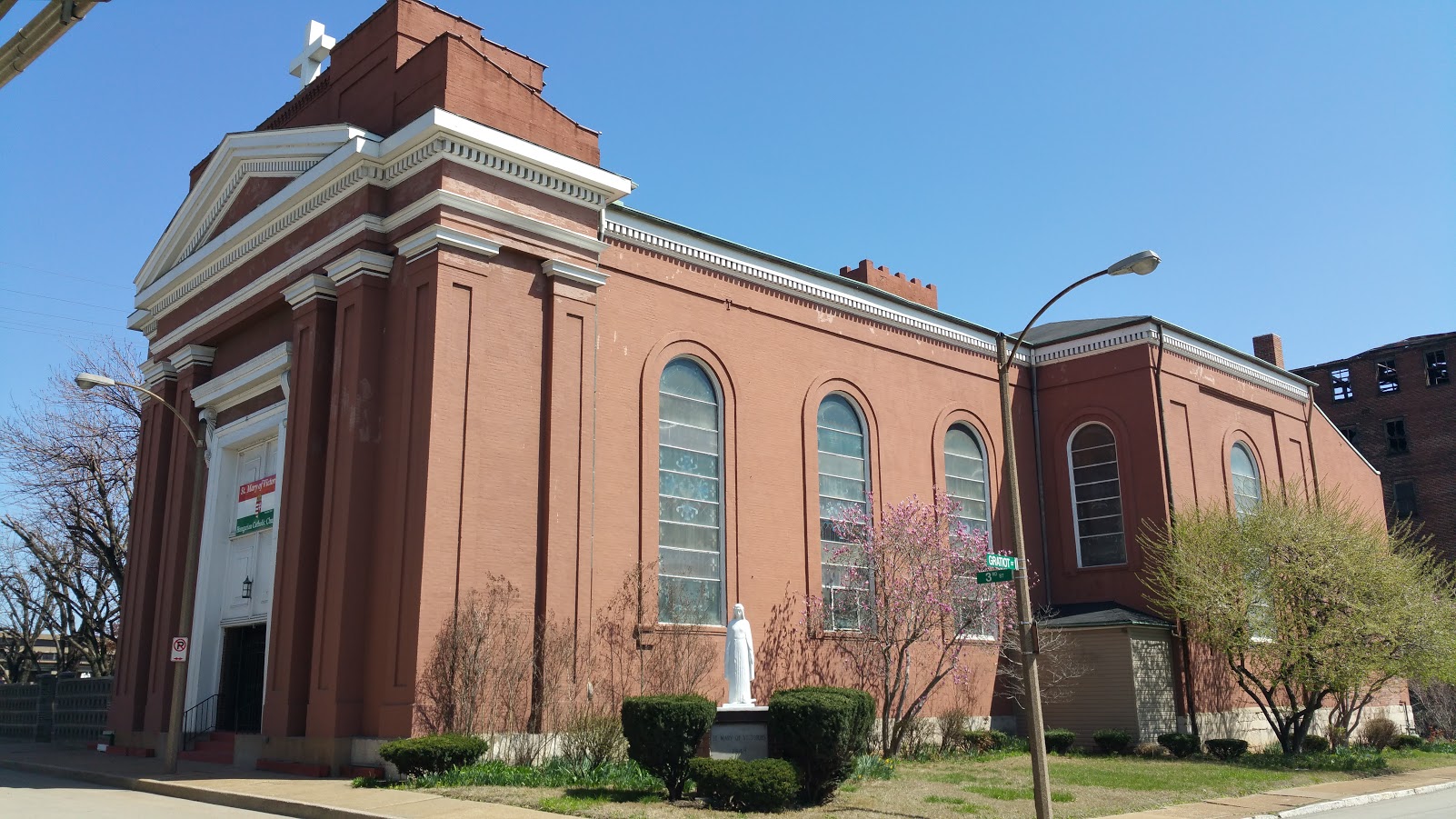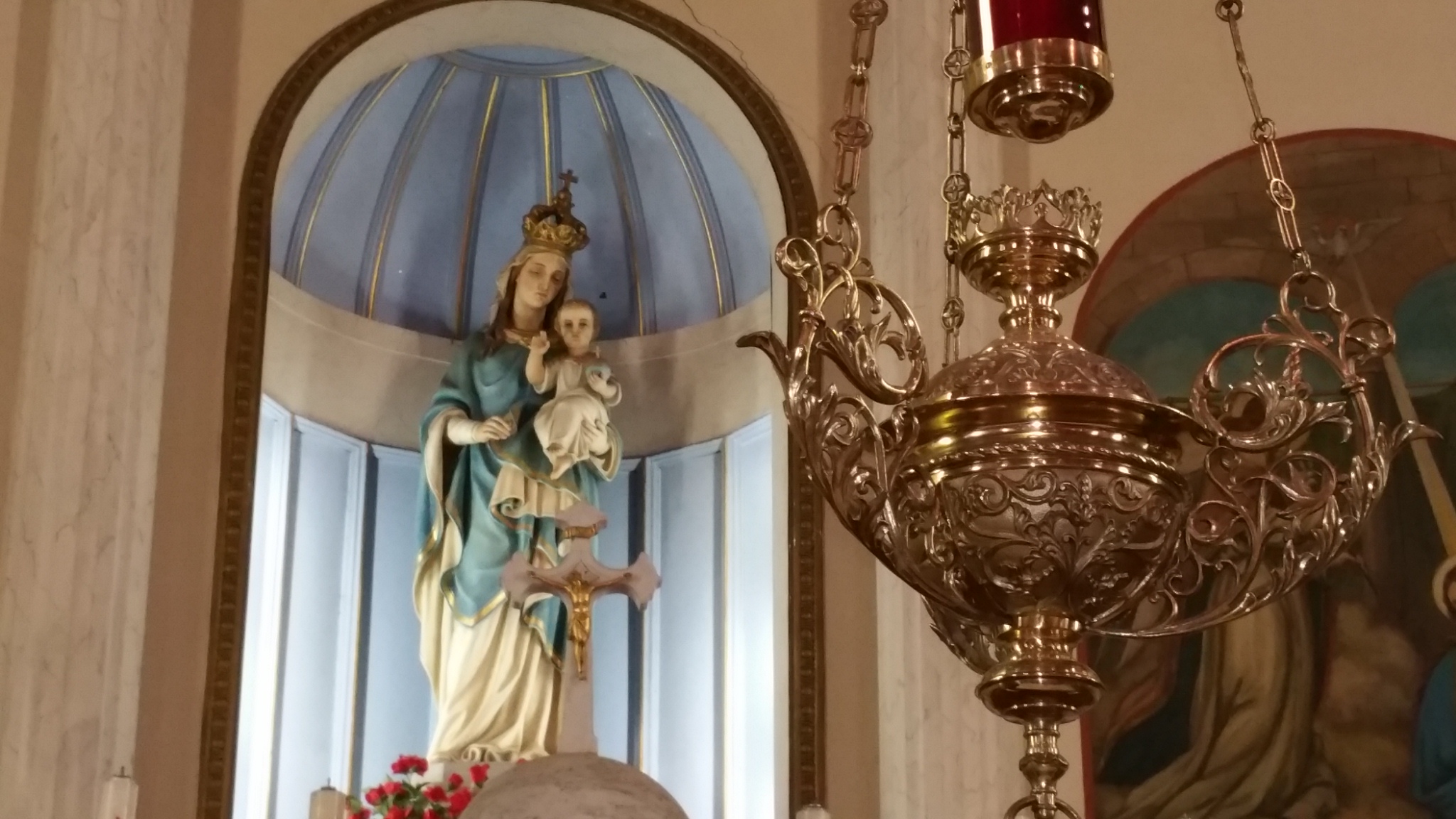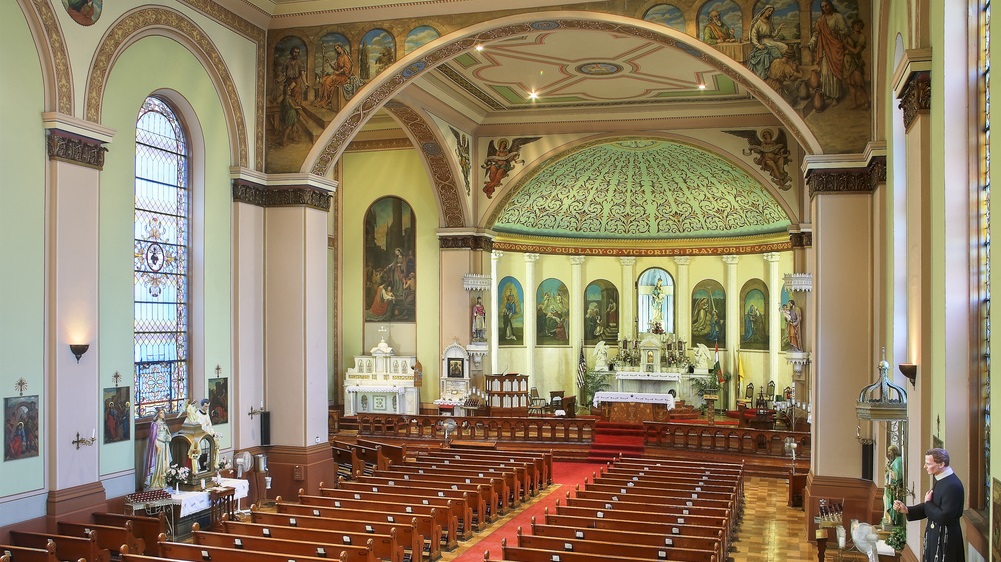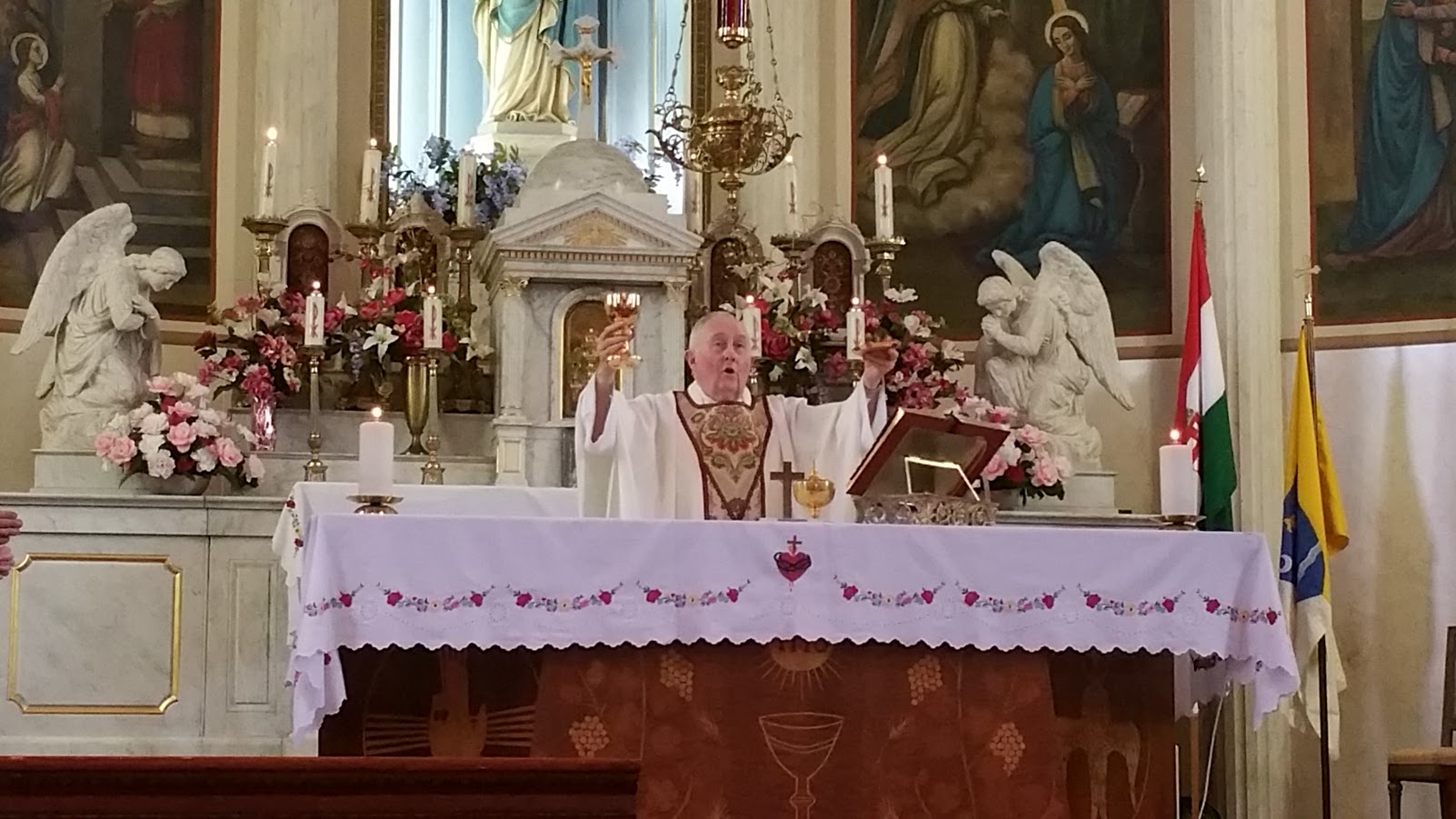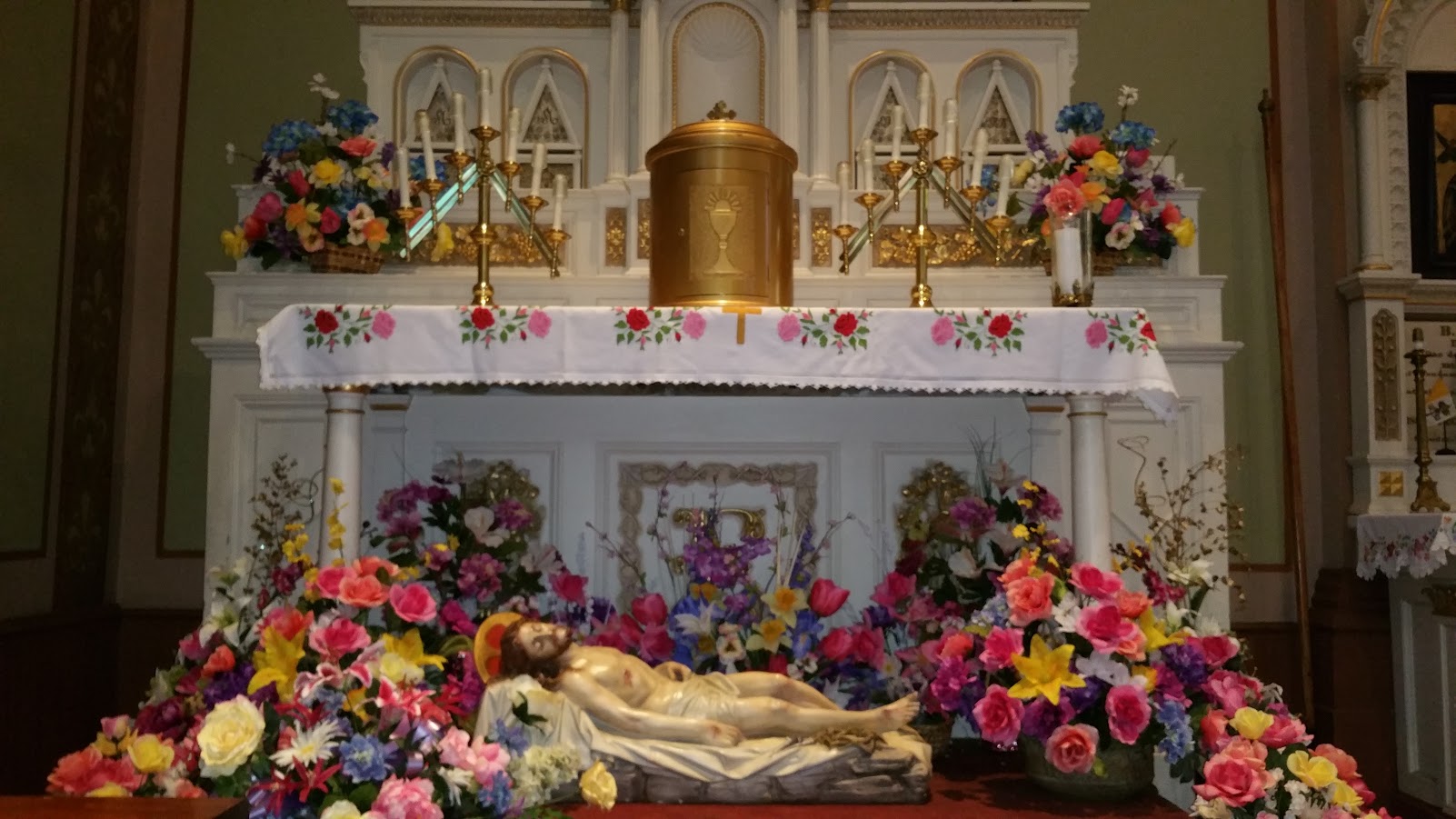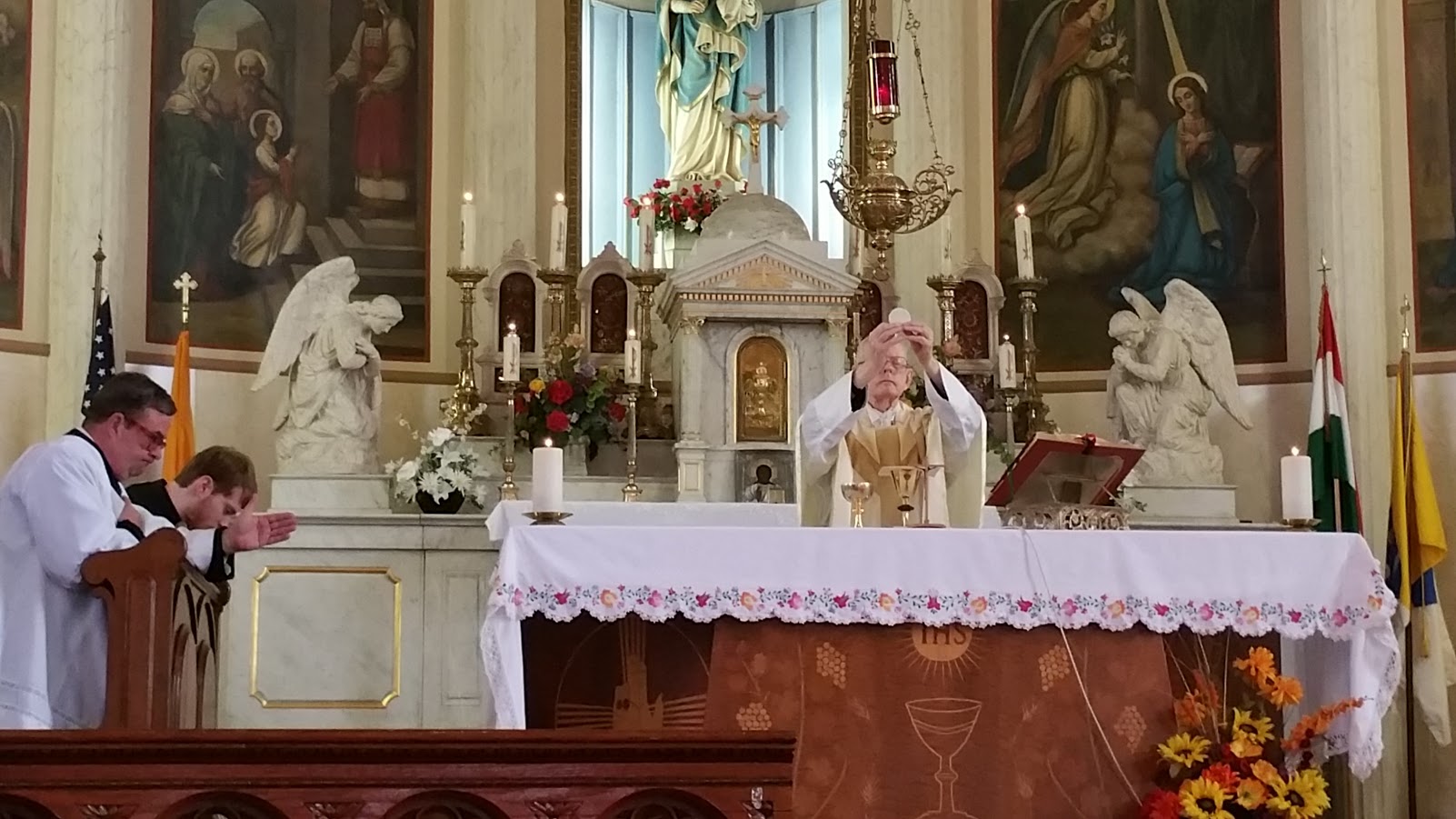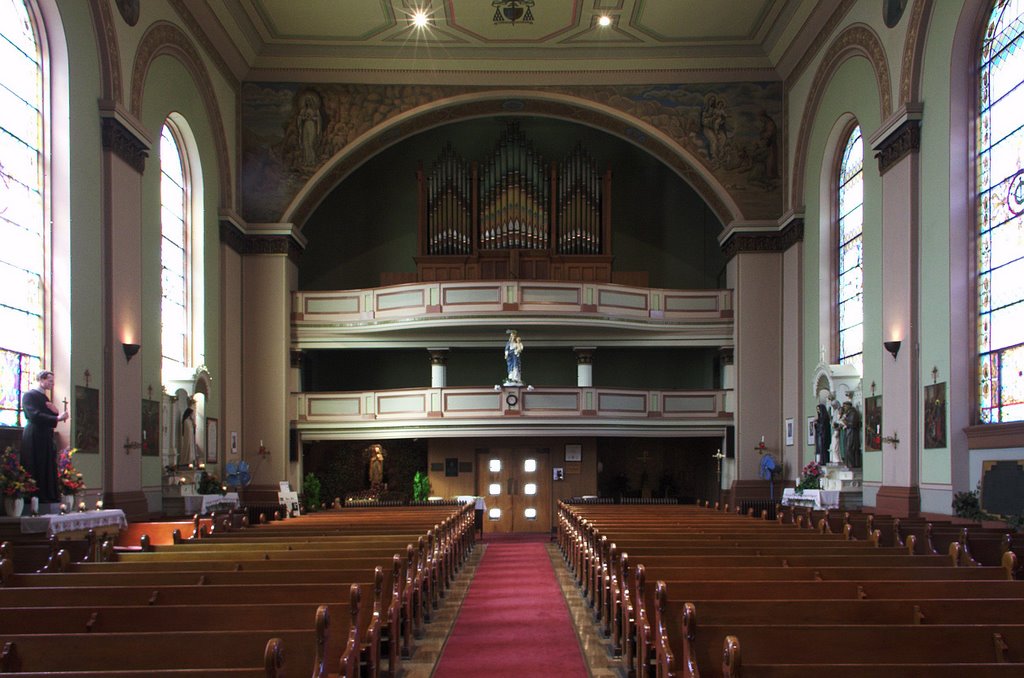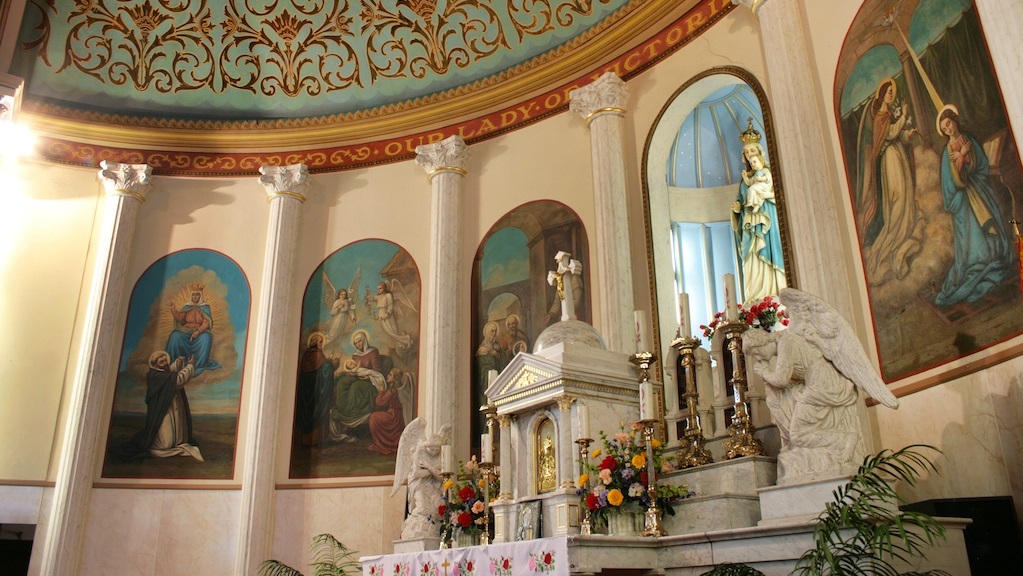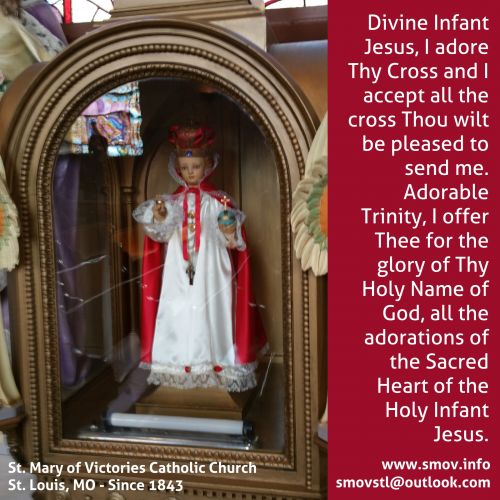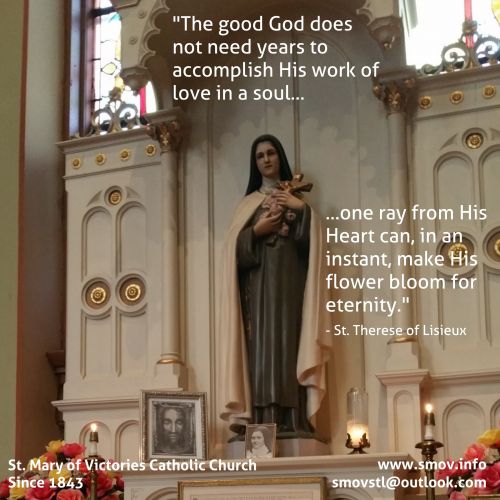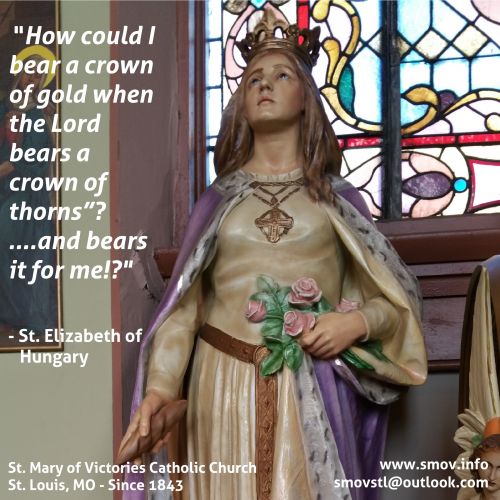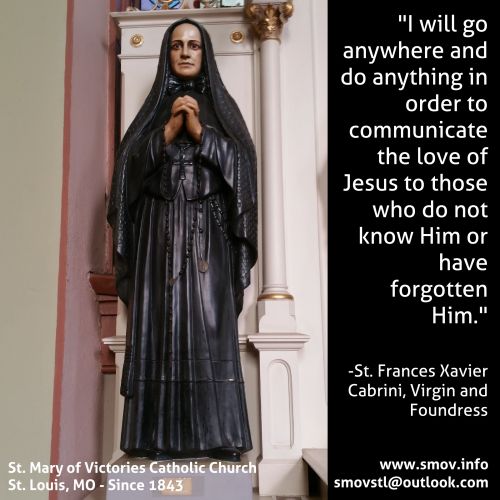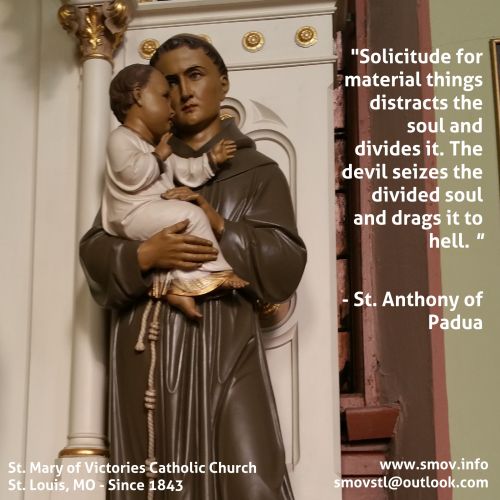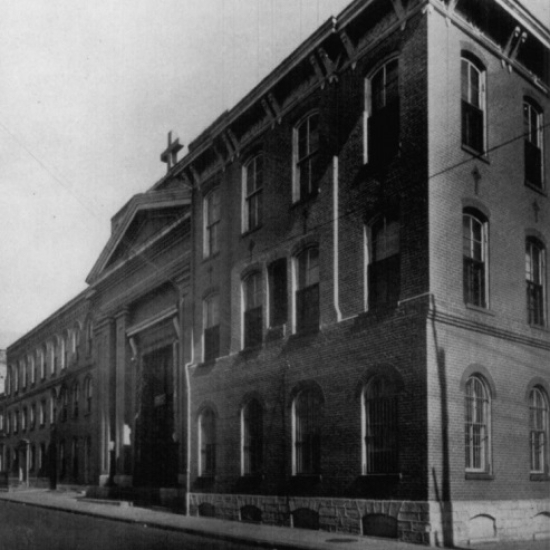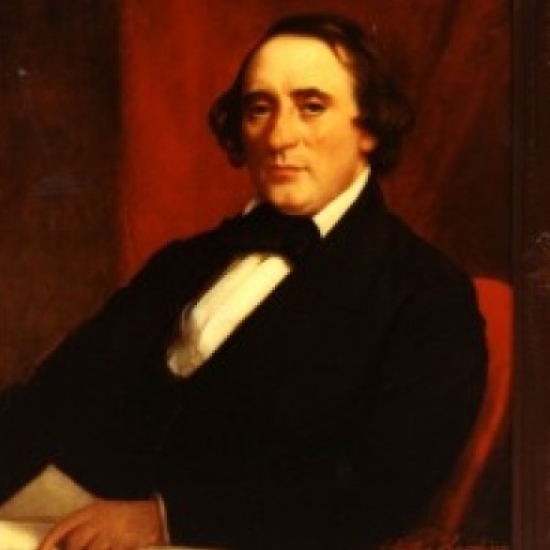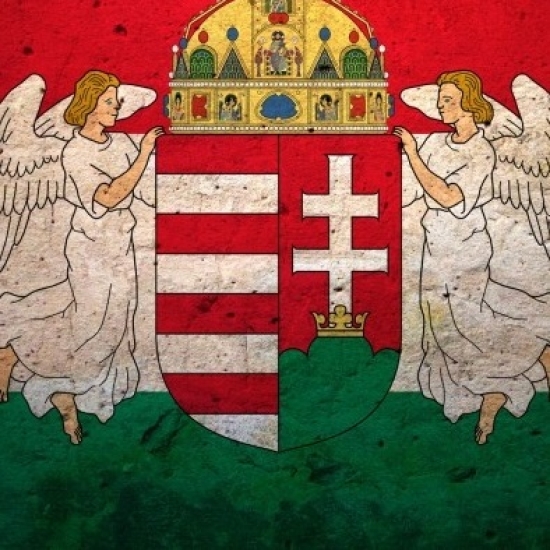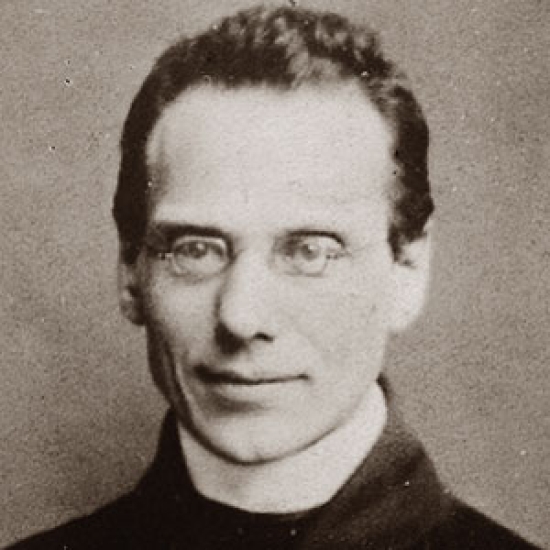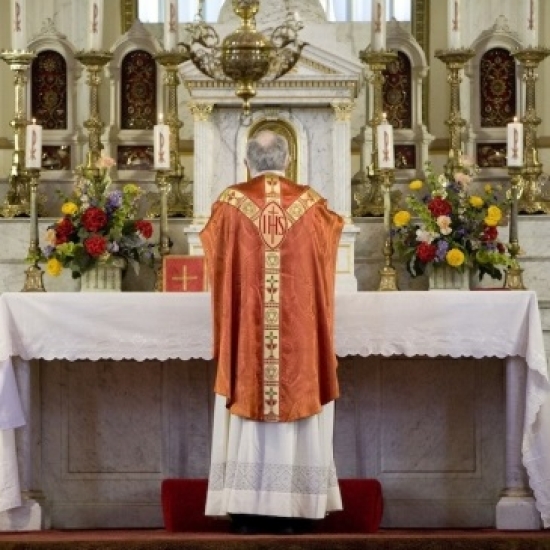28 June 2012, Vigil of Ss. Peter and Paul (EF Missa Cantata, 8:00am)
Introit, Dicit Dominus Petro, begin on D (as mi)
Gradual: In omnem terram, begin on C (as mi).
Offertory: Mihi autem, begin on E (as mi)
Communion: Simon Joannis, begin on F (as fa)
Recessional: Oremus pro Pontifice, PBC, p. 105, begin on G (as sol)
Mass XII. No Gloria, no Credo.
The Introit has four phrases:
1. (a) Dicit Dominus Petro:
(b) Cum esses junior, cingebas te et ambulabas ubi volebas
2. Cum autem senueris extendes manus tuas,
3. et alius te cinget et ducet quo tu non vis.
4. Hoc autem dixit significans qua morte clarifacturus esset Deum.
This Introit has a rich history in the manuscripts. Scholars group it with other 4th,5th, and 6th mode Introits that share similar cadential features. But the powerful text, from the so-called ‘appendix’ to St John’s Gospel, Chapter 21, has Jesus speaking poignantly of St Peter’s unique role in the apostolic college. As for his Master, St. Peter will surrender his own will in obedience to the Father, and by doing that will give God glory. It is a clear reminder of the fundamental role of the Petrine ministry: fidelity in obedience to the will of God for the salvation of all.
The manuscripts have the melody move along quickly when speaking of Peter’s youth, but then at a more measured pace when referring to his later years. The melody rises to ccc over extendes, in an image of his crucifixion, and reaches its high point (ccd) over significans, pointing to his being raised to the heights on the cross. God’s glory is truly reflected in a human person who is fully alive, St. Irenaeus tells us. And obedience to His will is the path to that life.
The Gradual has two phrases in the corpus and two in the verse:
1. In omnem terram exivit sonus eorum
2. et in fines orbis terrae verba eorum
1. V.Caeli enarrant gloriam Dei
2. et opera manuum ejus annuntiat firmamentum
The melody belongs to the type known as Justus ut palma, and is employed for a great variety of texts. (The Requiem is among the most well known examples.) Its first phrase and first half of the second phrase are very closely related to the somewhat freer form found in the first and second phrases in the first Mass for Christmas. This melody type Paleographie musicale (Vol. II) published 219 manuscripts, dating from the 9th to the 17th century, in which this melody is faithfully adhered to with only negligible variations for the text Justus ut palma, whence the name of the type.
The structure of the melody is psalmodic in character. In both the corpus and the verse, each phrase has some sort of intonation (initium), then a recitation on the dominant either alone or elaborated, finally a prominent cadence with or without a jubilus. The corpus has the dominant c, the verse in its first half the dominant d. This has given rise to the custom of assigning the melody to the seventh mode. Others again assign it to the fifth mode, with a close on the upper third (cf. the Gradual for the first Sunday after Pentecost, Musica s., 45, 105 f).
The Offertory has two phrases:
1. Mihi autem nimis honorati sunt amici tui Deus
2. nimis confortatus est principatus eorum
Holy Mother Church finds it difficult to realize fully the dignity and power which Christ bestowed upon His Apostles. For this reason the same text that we have in the Introit is repeated here. The melodic development is also very much the same, although the Offertory, as becomes its meditative character, is more impressive. As in the Introit, the first phrase up to nimis shows a gradual development. The melody then descends, giving the following honorati, which is inclosed within the limits of an interval of a fourth, an opportunity to develop more fully.
The second half of the first phrase in both Introit and Offertory is serene and thetic in character. A solemn reverential awe pervades the nimis of the second phrase, which reaches its climax over confortatus est and eorum. The powerful motive over autem nimis with its resolved major chord f a c, its tristropha ccc and the extended intervals of a fourth c-g-c are heard again over (confor)-tatus est, and with a slight variation over (princi)-patus eorum. The three first syllables of confortatus and principatus employ the same melodic figure; likewise the closing figures of the first (ni)-mis and (eo)-rum, (De)-us and est.
The Communion antiphon has three phrases:
1. Simon Joannis diligis me plus his?
2. Domine tu omnia nosti
3. Tu scis Domine quia amo te alleluia
This is a rather typical Mode 6 melody. Compare its patterns to the Communion Beatam me dicent on the feast of the Assumption. The three phrases are clearly demarcated by changes in the melodic structure, though closely tracking the inflections of the text of the dialogue between Jesus and Peter. The speech of Jesus is grounded firmly in the tonic f, as befits the unwavering strength of the Risen Lord. Peter’s speech is at first rising then lowering as he is at first put off by the question, and then seeks to share in the grounding of his Lord. The high points are on tu/Tu, (= Domine) and then a secondary high point on a-(mo). Peter then comes to a rest on tonic himself in the final words, (a)-mo te. Our love for the Lord must be for us, too, the source of our grounding and the only solid foundation for our identity.
